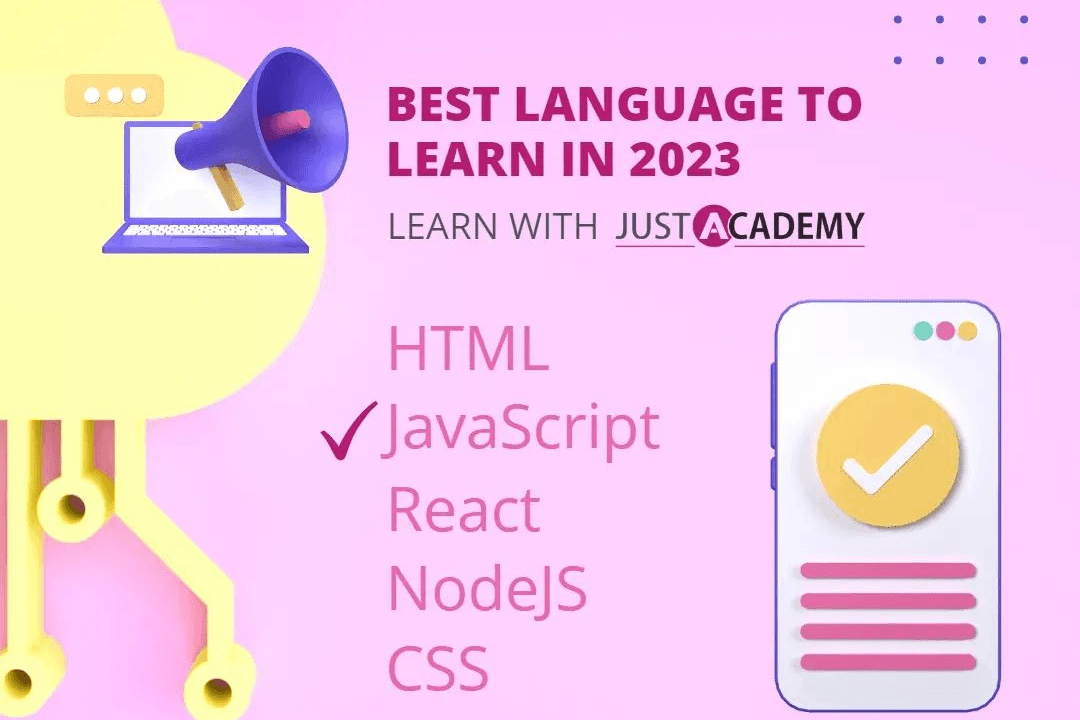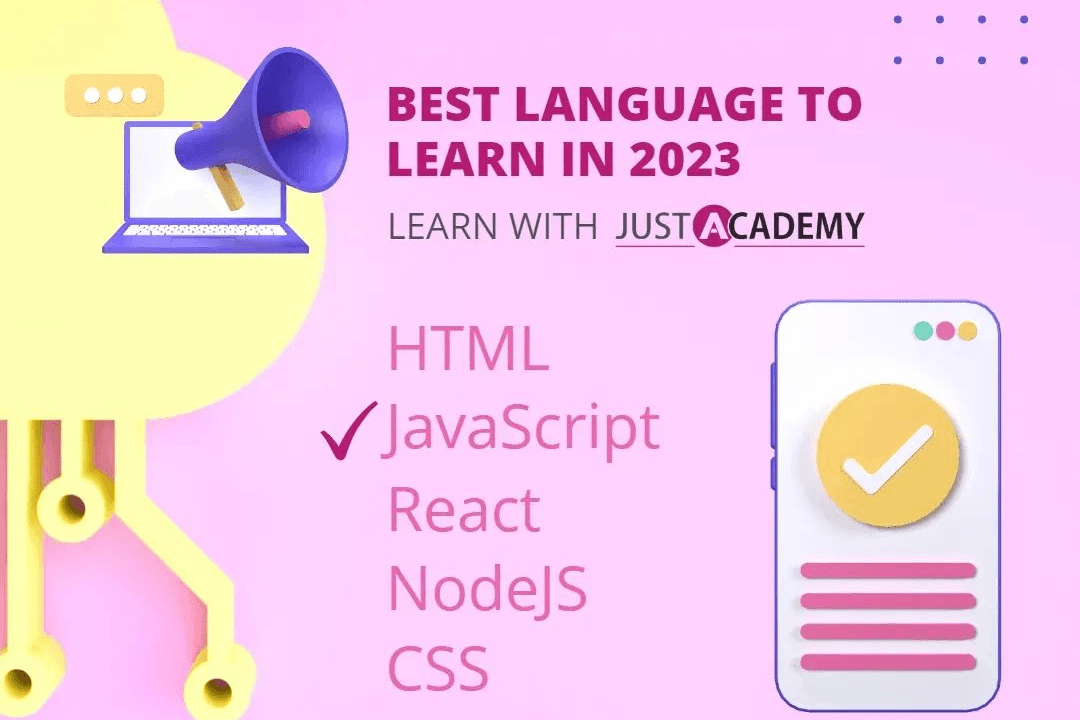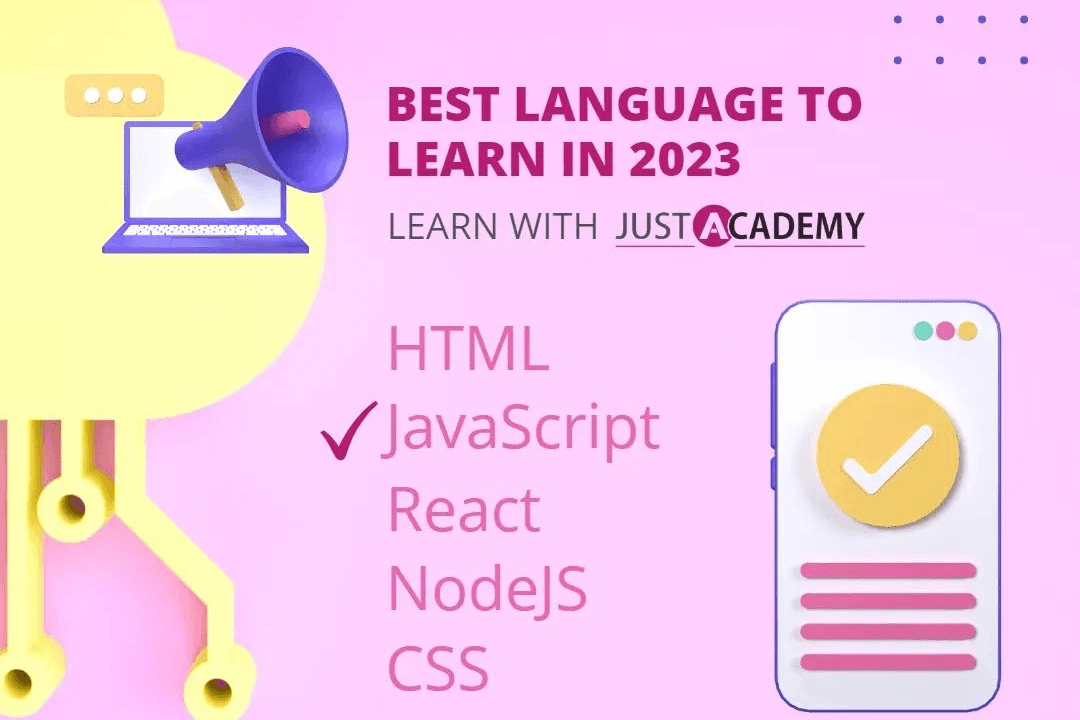Java Stream API
Mastering the Java Stream API
Java Stream API
The Java Stream API, introduced in Java 8, is a powerful abstraction for processing sequences of elements, such as collections, in a functional style. It allows developers to perform operations such as filtering, mapping, and reducing on data in a declarative manner, enabling more readable and concise code. Streams can be processed in a sequential or parallel manner, leveraging multi-core processors for improved performance. The API supports a wide range of operations, including intermediate operations (which return a new stream) and terminal operations (which produce a result or a side effect). By promoting immutability and the use of lambdas, the Stream API encourages a functional programming approach, significantly enhancing the ability to manipulate datasets in a fluent and efficient way.
To Download Our Brochure: https://www.justacademy.co/download-brochure-for-free
Message us for more information: +91 9987184296
1 - Definition: The Java Stream API is part of Java 8 and provides a functional approach to processing sequences of elements, such as collections, through a fluent interface.
2) Functional Programming: It allows developers to write more concise and expressive code by utilizing functional programming principles, such as lambda expressions and method references.
3) Stream Types: There are three primary types of streams: `IntStream`, `LongStream`, and `DoubleStream`. These are specialized streams for dealing with primitive numeric types to avoid the overhead of boxing.
4) Source of Streams: Streams can be created from various data sources, including collections (like `List`, `Set`), arrays, I/O channels, and generator functions.
5) Laziness: Stream operations are lazy; they are not executed until a terminal operation is invoked. This allows for optimizations and the ability to work with potentially infinite streams.
6) Intermediate Operations: These are operations that return a new stream and can be chained together (e.g., `filter`, `map`, `sorted`). They do not modify the original stream.
7) Terminal Operations: These operations result in a non stream result, such as a primitive type, a collection, or no value at all (e.g., `forEach`, `collect`, `reduce`). They trigger the processing of the stream.
8) Filtering: The `filter` operation allows developers to create a subset of a stream by specifying a predicate (a condition) to evaluate each element.
9) Mapping: The `map` function transforms each element in the stream by applying a function, enabling easy manipulation of the data.
10) Reduction: The `reduce` method aggregates elements in the stream into a single result, such as summing numbers or concatenating strings.
11) Collecting Results: The `collect` operation is a powerful terminal operation that transforms the elements of a stream into a different form, often a collection like a `List` or `Map`.
12) Parallel Streams: Streams can be processed in parallel, allowing for concurrent processing to leverage multi core architectures. This is achieved with the `.parallelStream()` method.
13) Stream Pipelines: A stream pipeline consists of a source, zero or more intermediate operations, and a terminal operation, representing a sequence of processing tasks.
14) Method References: The Java Stream API supports method references as a shorthand syntax to define lambda expressions, making the code more readable and succinct.
15) Performance Considerations: While streams can provide more readable and maintainable code, it's essential to consider performance implications, especially regarding parallel execution and the overhead of creating streams.
16) Optional Class: Many terminal operations return an `Optional` to handle cases where a result may not be present, providing a way to avoid `NullPointerException`.
17) Collecting to Maps: Besides lists, the Stream API allows for collecting results directly into a `Map` with the use of collectors, enabling more complex data manipulation.
18) Distinct & Unique Elements: The `distinct` operation removes duplicate elements from a stream, making it easy to work with unique values.
19) Chaining Operations: Students can learn to create complex data processing pipelines by chaining multiple stream operations, enhancing their programming efficiency.
20) Practical Examples: Real world use cases, such as data filtering, aggregation, and transformation in applications, can be explored to demonstrate the practical applicability of the Stream API in software development.
This structure will provide a solid foundation for a training program focused on the Java Stream API, covering both theoretical and practical aspects.
Browse our course links : https://www.justacademy.co/all-courses
To Join our FREE DEMO Session: Click Here
Contact Us for more info:
- Message us on Whatsapp: +91 9987184296
- Email id: info@justacademy.co












